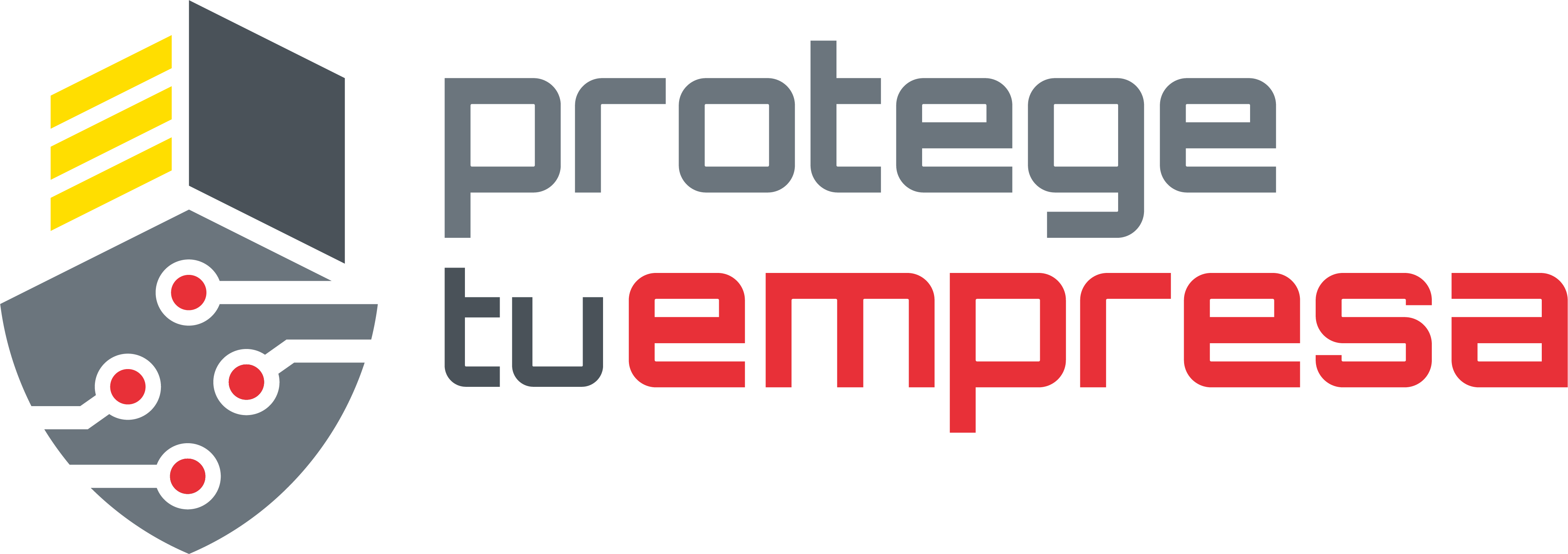TemáTICas

Phishing, ransomware, social engineering, e-commerce, incident management… Cybersecurity covers many concepts that we don´t always fully understand. To shed light on these issues that can affect the security of your company, we offer this new section: TemáTICas.
In each TemáTICa, you will find information on the specific topic, along with numerous links and resources to reinforce your knowledge, helping you improve your organization´s cybersecurity.
Phishing
One of the most well-known and widespread frauds on the Internet. It involves a scam, typically based on impersonating a trusted and recognized company and entity. The main goal is usually to steal access or credentials or sensitive information, such as fiscal or banking data.
IoT
In the business world, IoT devices can significantly improve various areas such as security, inventory management, logistics, etc. However, they can also pose a risk to the privacy and security of the company if not properly configured.
Cloud
Companies are increasingly using cloud services for their benefits, but they also carry a range of risks that could jeopardize the business. Therefore, before contracting these services, you should consider whether they meet security requirements for protecting your processes and data.
Malware
Malware is installed without authorization on the victim´s devices, allowing cybercriminals to extract information or use the infected system´s resources. To do so, they exploit vulnerabilities in the software and hardware of mobile phones, desktop computers, laptops, and all types of systems.
Ransomware
Among the attacks that have been occurring recently, those caused by ransomware stand out due to their frequency. Ransomware is a type of malware that aims to block the use of a device or part of the information it contains, and then demands a ransom in exchange for its release. This causes a significant impact on victims and can affect any user, business, or activity.
Social Engineering
Attacks that start through social engineering exploit human ignorance and naivety. Therefore, the first line of defense is learning to recognize if a conversation, call, SMS, or technological gift is “poisoned”. Discover the techniques they use, and you´ll avoid incidents.
Incident Management
Security incident management aims to minimize the impact of security incidents that may affect the company, reducing the costs caused by them and facilitating a quick recovery of operations.
Teleworking
Teleworking is an increasingly popular alternative for all types of companies. Its benefits are extensive, ranging from leveraging remote talent to facilitating work-life balance, as well as offering improvements for mobile workers or those providing customer support.
BYOD
Bring Your Own Device (BYOD) is a business policy where employees use their personal devices (laptops, smartphones, tablets, etc.) to access company resources, such as email, databases, or personal applications.
Social Media
Social media is a direct communication medium that a quick, agile, and close connections between users and companies. This makes it increasingly used in all business models, and ensuring its security is considered vital.
Authentication
When discussing best practices in cybersecurity, two key points stand out regarding secure authentication: controlling access to critical applications and restricted areas, and managing passwords securely. Complying with these two aspects is essential to properly ensure cybersecurity.
E-Commerce
E-commerce is an additional sales interface for many businesses. Offering customers, a secure environment for online purchases is essential to building trust. The security of the online store is also crucial to prevent all kinds of fraud and incidents.
Complying with NIS2
The EU directive 2022/2555, dated December 14, regarding measures to ensure a high common level of cybersecurity across the Union or NIS2, must be transposed into Spanish law by October, 17 2024. If your company belongs to any of the sectors or types of activities listed in its annexes, you must strengthen security requirements as outlined in Article 21, and report significant incidents according to the process specified in Article 23.























